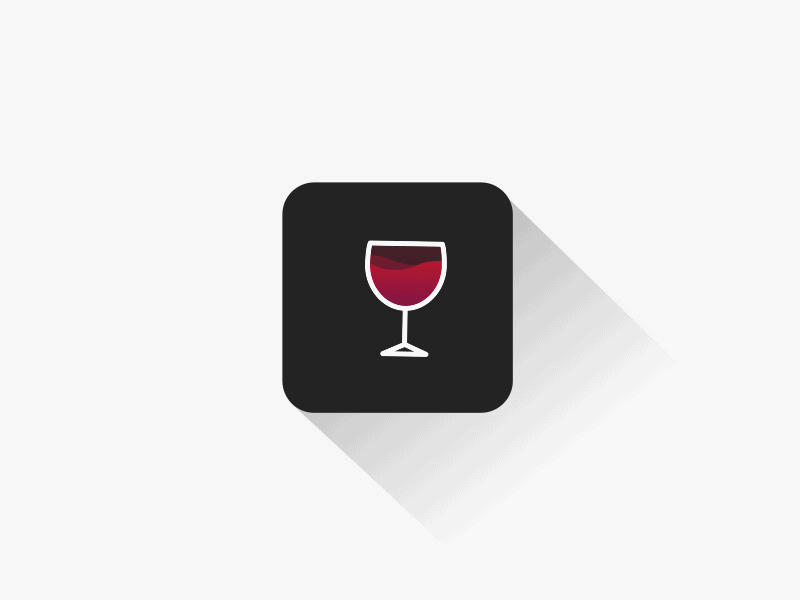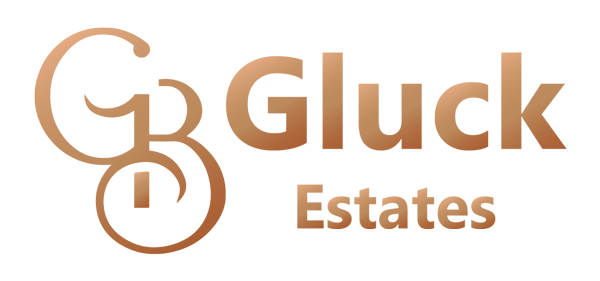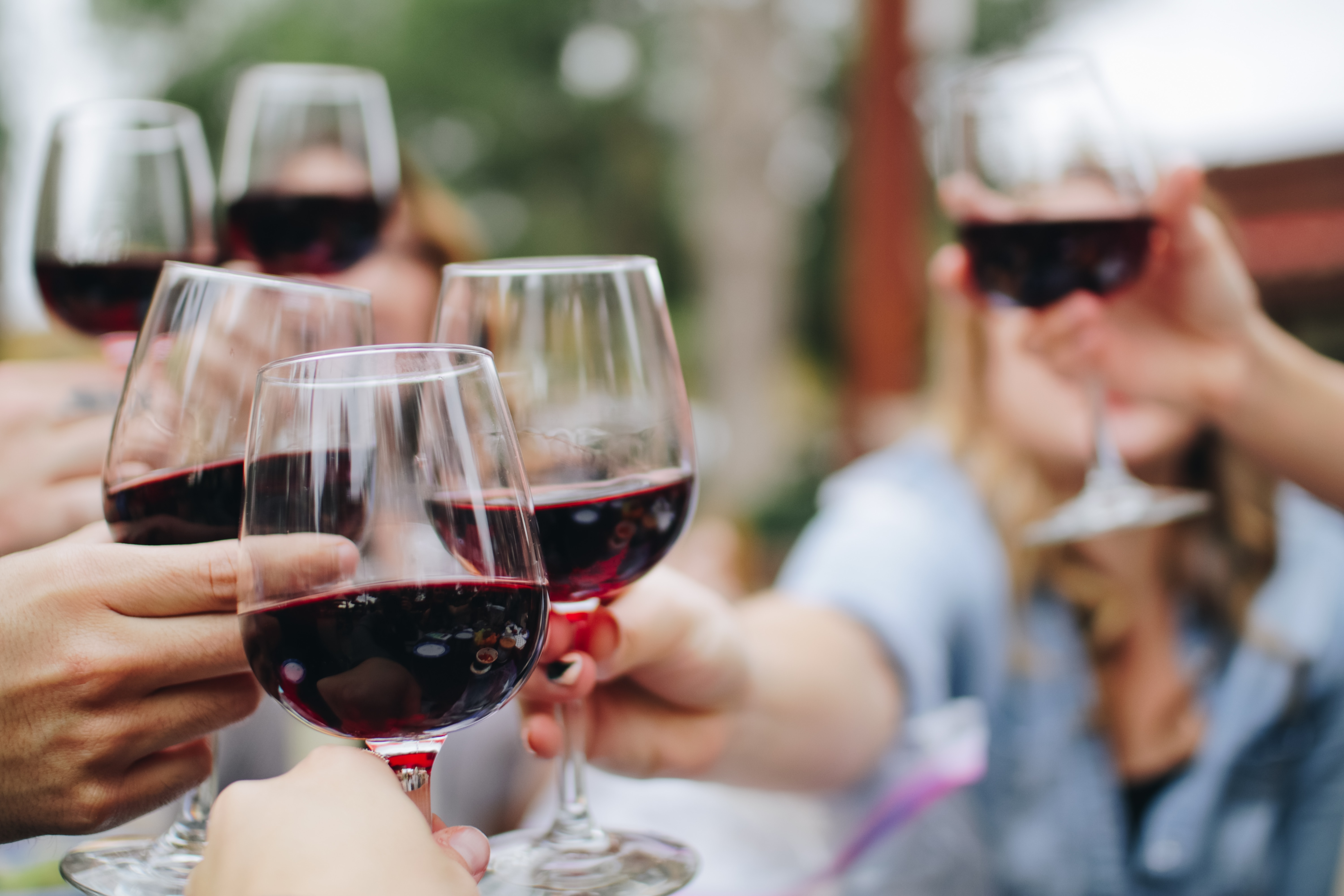As a winemaker, one of the most exciting things about making wine is the ability to create a complex and nuanced product that can be appreciated by people from all walks of life. Wine tasting is an essential part of that experience, allowing us to fully appreciate the flavors and aromas of a wine, and to gain a deeper understanding of the wine’s unique qualities. In this blog post, we will be sharing some tips and techniques for wine tasting that will help you to fully appreciate the complexity of our wines.
The Basics of Wine Tasting
Before we dive into the specifics of wine tasting, it’s important to understand the basic steps of the process. Wine tasting can be broken down into three main stages: looking, smelling, and tasting.
When you look at a wine, you should take note of its appearance, including its color, clarity, and viscosity. The color of a wine can give you clues about its age, grape variety, and winemaking techniques. The clarity of a wine can indicate the presence of sediment or other particles that might affect its taste. The viscosity of a wine, or how “thick” it appears in the glass, can give you clues about its alcohol content and body.
Smelling a wine is the next step in the tasting process. To get the most out of this stage, it’s important to use your sense of smell to identify different aromas and to evaluate the overall aroma of the wine. Swirling the wine in the glass can help to release more aromas, while taking short sniffs can help you to identify different notes, such as fruit, spice, or oak.
The final stage of wine tasting is, of course, tasting the wine itself. When you take a sip of wine, you should let it linger in your mouth for a few seconds before swallowing, allowing your taste buds to fully appreciate the flavors and textures. It’s also important to pay attention to the acidity, tannins, and body of the wine, as these can all affect the overall taste experience.
Tasting Techniques
Now that you understand the basic steps of wine tasting, let’s delve into some specific techniques that can help you to get the most out of each stage.
When you are looking at a wine, be sure to hold the glass by the stem, rather than the bowl, as this will help to prevent the wine from warming up too quickly. You should also hold the glass up to a white background, such as a napkin or a piece of paper, to get a better sense of the wine’s color.
When you are smelling the wine, be sure to take deep breaths and to swirl the wine in the glass to release more aromas. If you are having trouble identifying specific aromas, try thinking about familiar scents, such as flowers, fruits, or spices, to help you make a connection.
When you are tasting the wine, be sure to take a small sip and to move the wine around in your mouth to fully appreciate the flavors and textures. Pay attention to the acidity, tannins, and body of the wine, and try to identify specific flavors, such as berry, vanilla, or pepper. Be sure to note the overall balance of the wine, as well as any flaws or off-notes that might detract from the experience.
Enhancing the Tasting Experience
To fully appreciate a wine’s flavor, it’s important to create the right environment for tasting. This means paying attention to factors such as lighting, ambiance, and temperature. Make sure the room is well-lit but not too bright, as this can affect the color of the wine. Try to create a quiet and relaxing atmosphere, free from distractions.
Temperature is another important factor to consider. Red wines should be served at room temperature, while white wines should be chilled. However, be careful not to over-chill white wines, as this can mute their flavor and aroma. It’s also important to serve wine in the right type of glass. A tall, narrow glass is best for sparkling wine, while a larger, rounder glass is ideal for red wine.
Finally, consider pairing your wine with appropriate foods. This can help to enhance the flavors of both the wine and the food. As a general rule, try to match the intensity of the wine with the intensity of the food. For example, a light-bodied white wine pairs well with seafood or salad, while a full-bodied red wine pairs well with steak or cheese.


